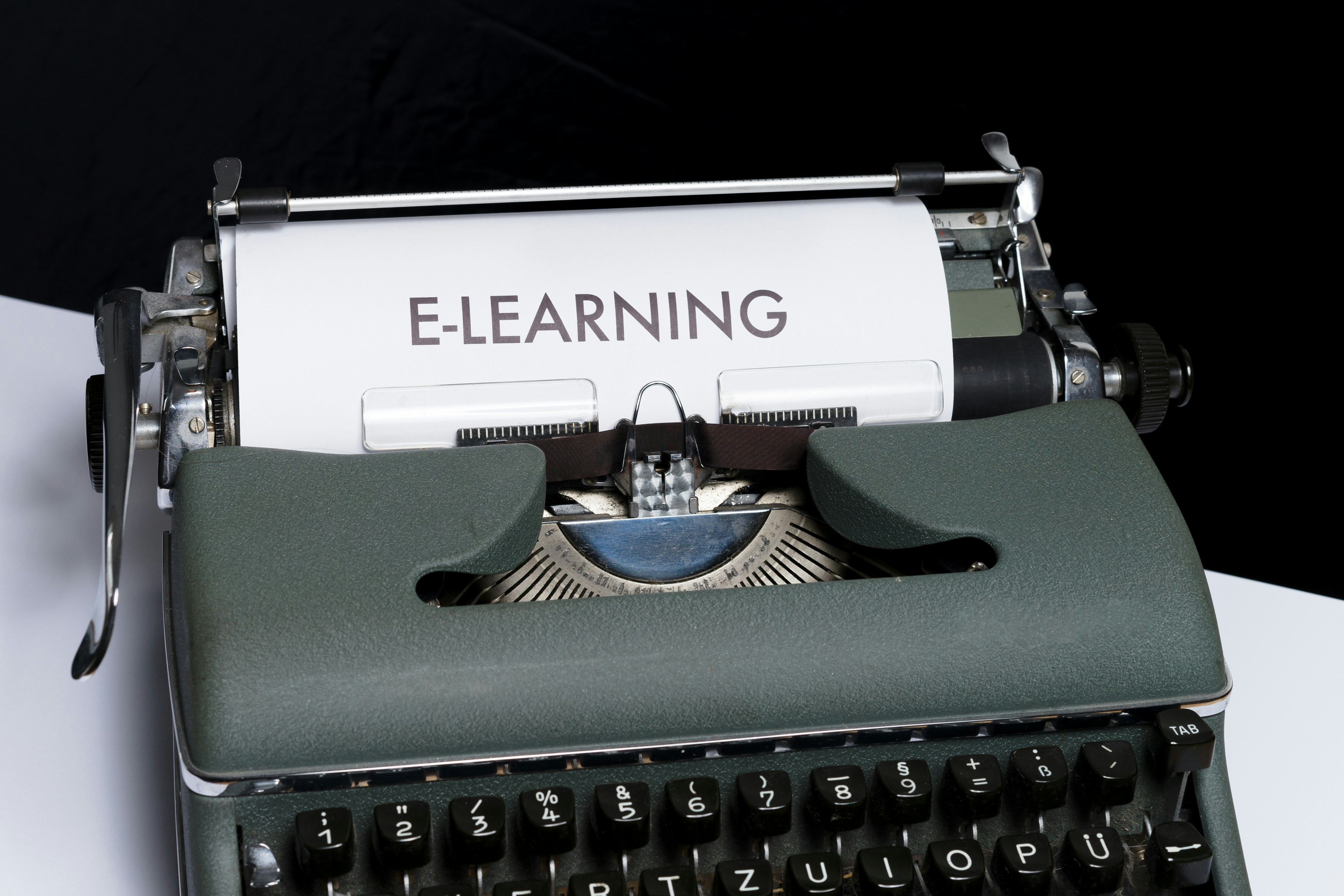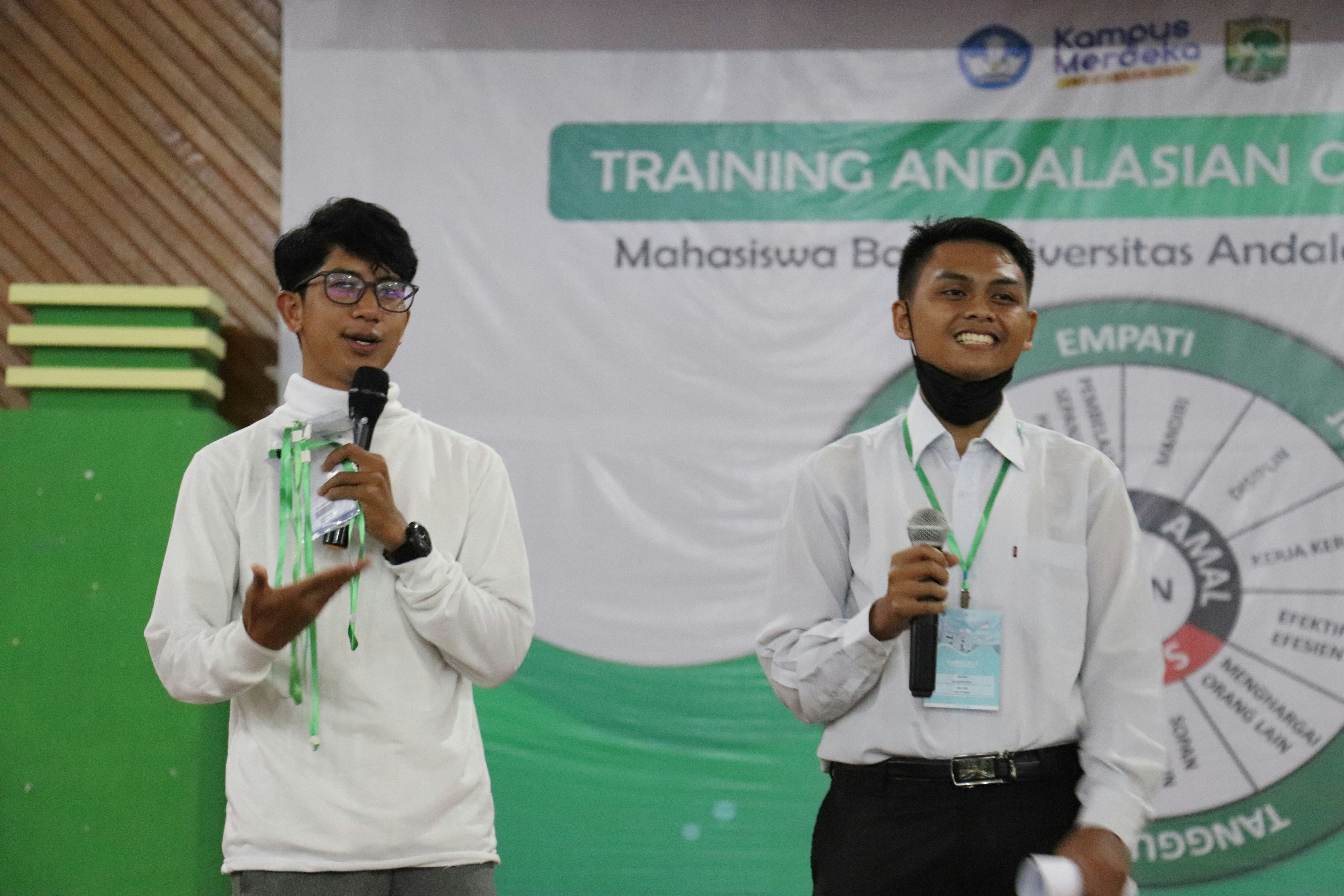The Invisible Workforce: AI Tools Revolutionizing Remote Team Communication
In an era where remote work has become the norm, how do teams stay connected despite the distances? The answer lies in groundbreaking AI tools that are not just supplementing communication—they are redefining it. These intelligent systems facilitate seamless interactions, foster collaboration, and even nurture employee well-being. Understanding this "invisible workforce" is crucial for businesses looking to thrive in a digital-first economy.
The Evolution of Internal Communication with AI
With traditional communication methods struggling to keep pace, AI tools have emerged as essential partners in the business environment. From chatbots enhancing customer service to predictive analytics tools transforming team dynamics, AI is an enabler that creates fluid communication channels. For companies navigating the complexities of remote work, embracing these technologies is not just a choice; it’s becoming essential for survival and growth.
Enhancing Clarity & Communication
AI tools significantly improve clarity in communication across remote teams. By automating tasks like email sorting and providing real-time language support, businesses can create an atmosphere of clear and efficient interaction. For example, AI-driven tools like Grammarly can help employees communicate with precision, while translation services powered by AI allow multilingual teams to collaborate effortlessly. As remote teams typically exist across numerous geographical and cultural barriers, these tools serve as bridges, enabling diverse teams to understand and work with one another cohesively.
Promoting Engagement and Collaboration
A key challenge for remote teams is maintaining engagement and morale. According to a study by Harvard Business Review, teams that foster a sense of belonging are 56% more productive. AI tools can significantly enhance employee engagement. Platforms like Slack or Microsoft Teams, integrated with AI capabilities, can help boost collaboration via personalized notifications and project management aids.
AI doesn’t just facilitate communication; it actively promotes connection among individuals who may rarely meet face-to-face. For instance, AI can analyze team interactions to identify individuals who may feel disconnected, prompting managers to reach out. This not only helps in recognizing issues early but also fosters a collaborative environment where every team member feels valued and heard.
The Role of Predictive Analytics in Team Dynamics
As teams adapt to hybrid and remote collaboration styles, the integration of predictive analytics is proving invaluable. Predictive analytics can analyze patterns in team interactions—understanding when communication peaks, identifying bottlenecks, and even predicting potential conflicts before they arise. This proactive approach helps to maintain a smooth workflow and enhances productivity. Businesses utilizing these insights can stay ahead of issues and foster a positive workplace culture that emphasizes open dialogue.
Furthermore, by leveraging insights drawn from behavioral analytics, companies can personalize team communication strategies. This drives higher productivity and engagement while also allowing for tailored mentoring and support for individual employees, as highlighted in our article on AI-Powered Mentorship.
Emotional Intelligence and AI
Emotional intelligence (EI) is a factor that significantly impacts team performance, especially in remote settings where non-verbal cues are often lost. With the advent of AI tools designed to assess sentiment analysis, businesses can gauge employee emotions and reactions in real time. Platforms equipped with EI algorithms can help leaders understand the mood of their team by analyzing communication patterns and engagement levels.
Such tools not only promote responsive management but also contribute towards building an empathetic workplace culture. As explored in our discussion on Emotional Intelligence in AI, integrating these insights into regular communication practices can make a profound difference in team dynamics.
Encouraging Feedback Loops
Another vital aspect of effective communication is the ability to receive and act upon feedback. AI tools can facilitate continuous feedback loops that empower employees. Instead of waiting for quarterly reviews, organizations can utilize AI to constantly gather feedback from team members about processes, projects, and even interpersonal dynamics.
With platforms like TINYpulse and Officevibe, companies can create an environment where feedback is fluid and encouraged, promoting trust and transparency within the team. This inclusive approach not only strengthens team morale but this practice also aligns with contemporary business ethics that value employee input.
Training and Development with AI Tools
Incorporating AI tools in the training and development process signals a commitment to employee growth. With AI-enhanced platforms that provide on-demand training sessions tailored to individual learning curves, employees can upskill at their own pace. This approach leads to more empowered employees who take greater ownership of their careers. Explore more about this evolution in our post on The Silent Revolution of AI Tools.
Trust vs. Surveillance
One of the prevalent concerns surrounding AI tools in a remote context is the balance between boosting productivity and ensuring employee privacy. Self-regulatory policies must be established to prevent the feeling of surveillance, which can damage trust between employees and management. Implementing AI transparency protocols can reinforce a culture of trust while promoting accountability.
By focusing on incorporating ethical perspectives into AI deployment, businesses can combat any potential backlash against these tools. Our piece on Crafting Ethical AI Decision-Making further delves into these necessary practices to establish a fair environment.
The Power of Storytelling in AI Communication Tools
People connect with narratives, which is where AI can truly shine. Advanced algorithms are capable of tailoring corporate messages that resonate with employees’ personal experiences and aspirations. In doing so, companies foster a connected workforce wherein employees feel understood and valued. Integrating AI into brand storytelling leads to authenticity and relatability, which in turn enhances internal communication.
Final Thoughts
The line between human and machine continues to blur as businesses embrace AI tools. The future of internal communication hinges on integrating these advanced technologies, leading to more engaged and productive remote teams. By utilizing AI-driven tools, companies are not only shaping the future of workforce dynamics but also enhancing the overall employee experience.
As you consider the myriad possibilities of AI tools within your organization, take the time to assess which technologies align best with your core values and culture. Seeking out the right blend of tools can streamline operations, enhance communication, and facilitate a thriving remote work environment.
The going is tough sometimes, but harnessing the "invisible workforce" of AI tools can not only help you overcome challenges but also propel your business to new heights, unlock potential, and foster a culture of collaboration that will put you ahead in the fast-paced landscape of 2025.
By engaging open conversations surrounding these changes, organizations can build trust and shared experiences, all while reaping the benefits that advanced AI tools have to offer.










